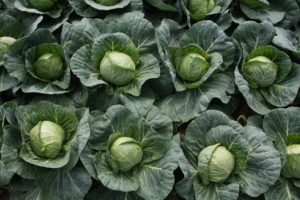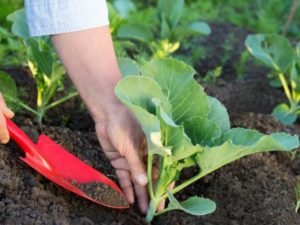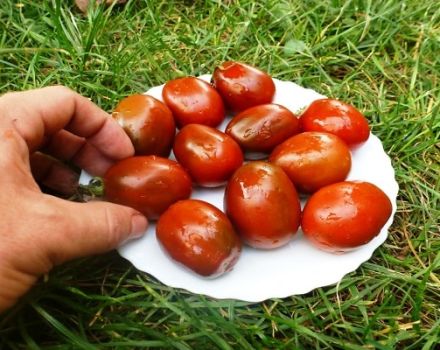What can be planted after cabbage next year (table)
Cabbage is one of the most common and unpretentious vegetable crops, but it also requires a change of place. And then the question arises: what can you plant after cabbage next year?
Crop rotation promotes pest control, prevents soil depletion and allows the resulting properties to be used for the benefit of future crops. Every experienced gardener knows that in order to get a rich harvest, the rules of crop rotation cannot be neglected.

Impact of cabbage on the soil
First you need to find out what the plant takes from the soil and in what condition the site remains after harvesting the heads.

- For normal development, cabbage needs nitrogen, which it takes from the soil in large quantities.
- Cultivation is accompanied by regular feeding of the plant with manure and compost.
- The plant has a highly developed root system. The main root deepens up to 40 cm, and the lateral processes can go 1 m into the ground. Therefore, after itself, cabbage leaves the soil depleted to the full depth of germination.
- Do not neglect the fact that cabbage is susceptible to a number of diseases, the pathogens of which remain in the soil after wintering. This means that successor plants will be immediately attacked by harmful bacteria.
- Also, one should not forget about the "enemies": cabbage butterflies, cabbage aphids, leaf beetles. Having survived the winter, hungry pests will pounce on new plantings with appetite.
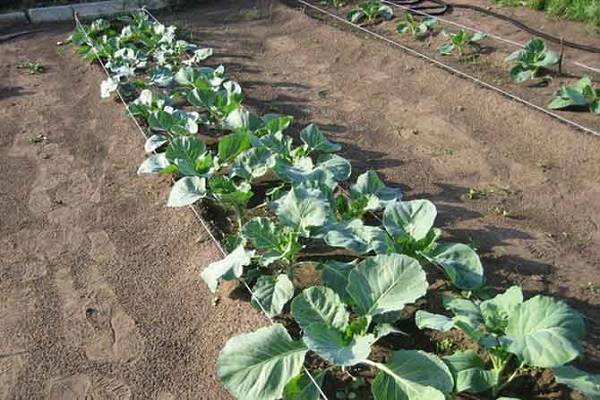
Having considered all the facts, it becomes clear why it is not recommended to grow cabbage in the same place for several years.
Plants that are undesirable to plant after cabbage
Even after thorough cleaning and preparation of the soil for the next planting season, it should be remembered that it is undesirable to plant some types of vegetables in an exhausted area:
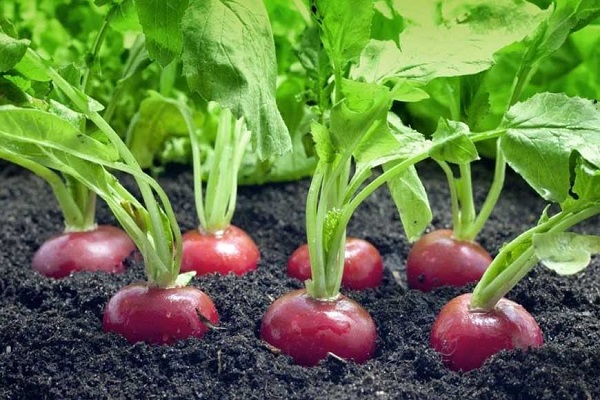
- turnip,
- radish,
- radish,
- swede,
- watercress,
- horseradish,
- rape,
- mustard leaf.
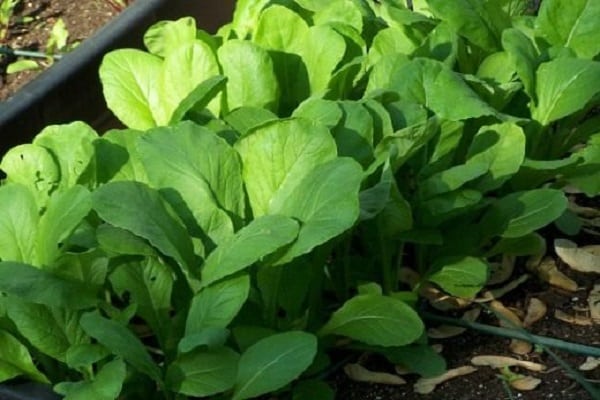
What can be planted after cabbage
At the same time, the garden bed, which last year adorned with slender rows of tight heads of cabbage, can become a comfortable habitat for many other vegetable crops. Therefore, it is not difficult to choose a vegetable that will feel great as a "cabbage substitute".
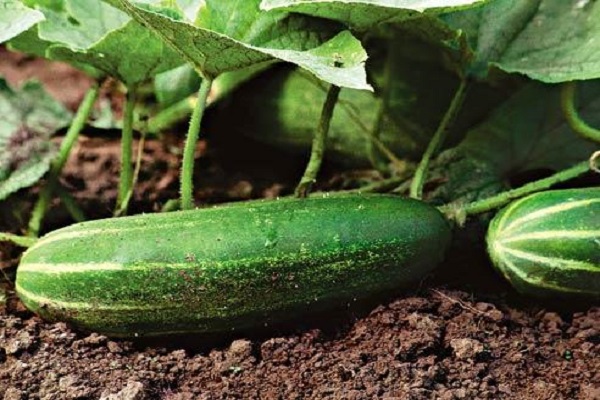
- Cucumbers are one of the best options. They can also be good neighbors for cabbage.
- White cabbage and cauliflower take excess acid from the soil, making it the most suitable for growing tomatoes in the open field.
- Vegetables grown with organic fertilizers make good precursors for onions and garlic.Onions can be grown for three to four years without changing planting sites, but garlic should be moved every two years to avoid stalk nematode contamination of the soil.
- If you plant eggplants after the cabbage, you can get an excellent harvest. Until the moment of planting, the soil has time to rest, and fertilizers are evenly distributed, which has a beneficial effect on the development and fertility of plants.
- You can also plant carrots, they will feel good and have enough nutrients for full development. But it must be remembered that both vegetables can be affected by the same diseases and pests. That is why carrots are considered a dangerous neighbor for cabbage.
- Celery, parsley, spinach, dill or lettuce are also often planted on former cabbage beds.
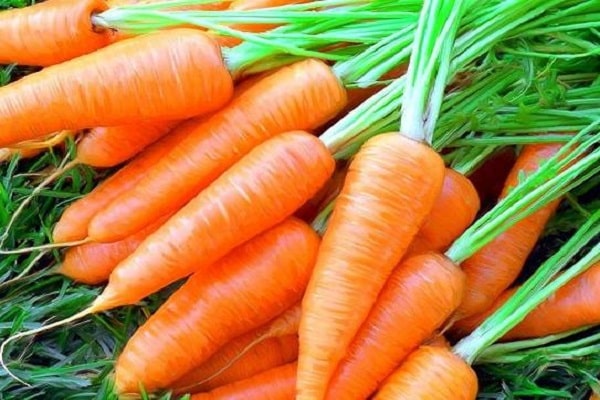
Where to plant cabbage
Cucumbers, onions, grains, legumes, and root vegetables are good precursors for cabbage. After these plantings, enough nutrients remain in the soil, so the plant will feel quite comfortable.
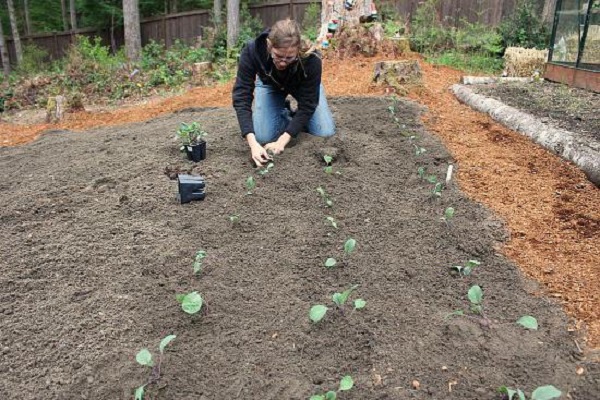
Garden neighborhood
The mixed planting method allows you to more effectively fight plant diseases and their pests. This method consists in choosing the ideal neighbors for the plants in the garden.
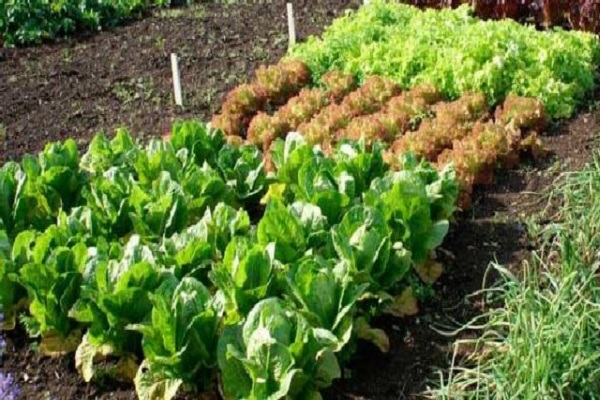
- Potatoes and cabbage get along well in the neighborhood: they protect each other from diseases and pests, and also feed the secretions of the root system.
- Chamomile, sage, peppermint remarkably scare away cabbage butterflies.
- Marigolds and marigolds, planted in the aisles, will drive away aphids and flies.
- The leek will protect you from the voracious caterpillars of the moths.
- Dill not only repels caterpillars and aphids, but also improves the taste of the vegetable.
- The salad will help protect against earthen fleas.
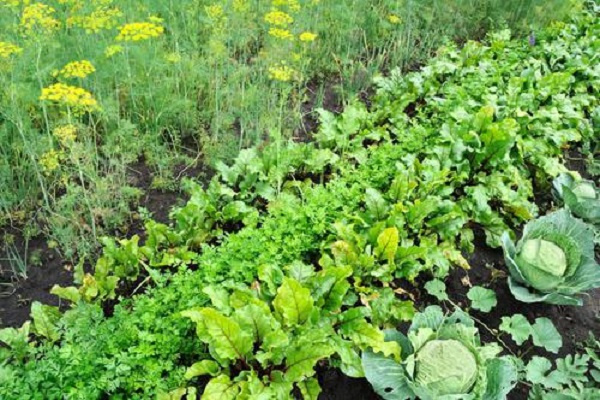
Cabbage is a rather friendly neighbor, but it does not get along well with all cultures. It is categorically impossible to plant future heads of cabbage next to or interspersed with other cruciferous plants, as they are prone to the same diseases and pests. You should not plant celery next to the heads of cabbage, as it attracts white butterflies.
Many people ask the question: is it possible to plant strawberries, or garden strawberries, in close proximity to the heads of cabbage, but there is no consensus on this matter. Some believe that the neighborhood with strawberries is quite harmonious. Others are convinced that planting strawberries next to cabbage is undesirable, because they oppress each other, which will undoubtedly affect the harvest.
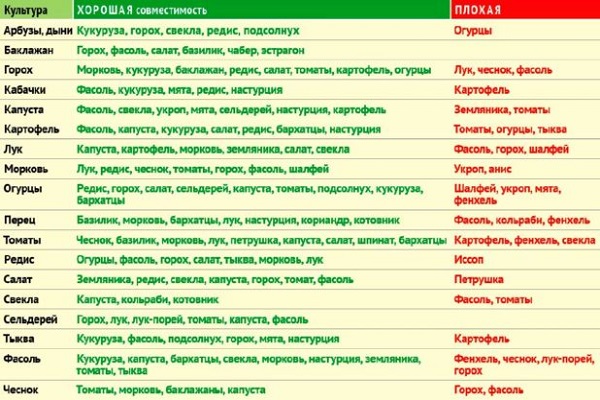
Crop rotation will provide a crop and save you from unnecessary worries, and a memo table will help you not to miss anything:
| Plant | Predecessors | Neighbors | Followers | Enemies |
| Cabbage | Cucumbers, onions, grains, legumes and root vegetables | Potatoes, chamomile, sage, peppermint, marigolds and marigolds, leeks, dill, lettuce | Cucumbers, tomatoes, onions, garlic, eggplant, zucchini, squash, carrots, celery, parsley, spinach, dill, salad | All cruciferous plants, celery, carrots, garden strawberries |
